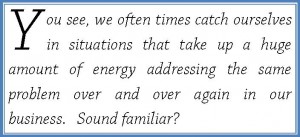Growing your business starts with two simple equations:
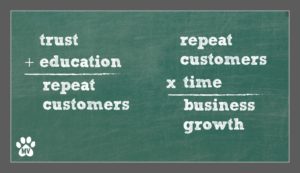 If you want your business to thrive in any economy, you need insurance – and repeat business is your insurance plan.
If you want your business to thrive in any economy, you need insurance – and repeat business is your insurance plan.
During my recent lecture about client management at a large trade show, an audience member said something so amazing I knew I had to share it with you. I wish I had caught her name so I could give her full credit for her brilliant idea.
Professional groomers are always busy when the weather is warm. Most of us are booking out two to three weeks (or more) in advance. When the weather is toasty, people always want their pets groomed. The dogs are hot, dirty, and stinky. Even the once or twice per year clients start calling.
 Where are those clients during the slower times when your appointment book needs filling? Those are the times when you wish you had more regular clients that book consistently every few weeks.
Where are those clients during the slower times when your appointment book needs filling? Those are the times when you wish you had more regular clients that book consistently every few weeks.
Those regular clients are your bread-and-butter. They keep your bills paid and food on your table. They are the ones you can count on. Any successful grooming salon wants a roster full of regular customers and the time to look for them is not when you’re slow. You need to get them while you’re at your busiest.
It’s not as crazy or as impossible as it sounds.
Remember that brilliant audience member? She said she always leaves at least one opening per day to accommodate walk-ins and new clients.
Some of you are shaking your heads. Why would you leave an appointment slot empty when you can fill it with a regular client? You’re probably thinking that you’re losing easy money.
Here’s where that insurance plan idea kicks in. The problem isn’t being booked out when the weather is nice. The problem is that you need to be booked no matter what kind of weather you’re having. You do that by adding clients – and when are new clients calling? The same time as everyone else.
A new client will not wait 2 or 3 weeks to book an appointment with you. They will just move on to the next groomer who set that time aside, just waiting for that client to call.
If you’ve nurtured a relationship with your regulars, they will wait for you. They love you. Their pets love you. Making sure to pre-book their next appointment ensures they get premier treatment and the best appointment times. The long-term investment you’ve made in keeping these customers happy will now start to pay off.
Setting aside those five slots a week is how that lady in the audience maintains a constant stream of new clients. These walk-ins become customers that she can educate and count on during the slower times of the year. As she builds up her regular clientele, she can eliminate the once or twice a year dogs. After all, wouldn’t you rather work on a super regular client instead of a twice a year outdoor farm dog?
 $100 for a once a year farm dog seems like a lot of money – but is it?
$100 for a once a year farm dog seems like a lot of money – but is it?
Let’s say you have a 6-week regular client who pays $50 per visit. That’s half of the once a year farm dog. You are going to see that client eight to nine times a year. On an annual basis, you’re going to earn between $400 and $450 for that single client.
The farm dog? You will earn $100. $100 you can’t count on next month or next year.
Which would you rather do?
If you do not make time in your schedule to take on new customers, you might miss out on adding a valuable client that will keep your bills paid when it’s slow. This client could make the difference between working or being sent home because you don’t have any dogs to groom.
Which salon would you rather work at?
As a bonus, making room in an already packed schedule allows you some wiggle room. Maybe you don’t have a walk-in on that day. Or maybe you don’t have a new customer calling to book an appointment. That open slot allows you a little breathing room. Probably at a time when you most need it.
Do you have to take every first-time appointment or walk-in coming through your doors? Absolutely not.
I would ask for some critical information before you get too far into the conversation. Of course, the customer will want to know the price. That gives you the opportunity to learn the breed, the age, the size, the coat condition, and how long it’s been since his last professional grooming. These questions will help you determine whether you should book the appointment. Trust your gut with what the client says. It’s your appointment book.
When you do make room for a new client, make sure you also take the time to educate them. Most clients don’t know how frequently they should have their dogs (or cats) groomed. Talk to them about their lifestyle and how much maintenance they’re willing to do between appointments. Talk about what you can do for them as well their limitations based on the condition of the pet. Custom create a regular schedule that will suit their needs and keep their pet looking and feeling its best.
Will you get it right every time? No. But if you don’t make room for prospective new customers during your busiest times, you won’t have regular clients to carry you through when it’s slow.
Happy trimming!
Melissa
 Do you agree with this post? Jump on the Learn2GroomDogs.com Facebook page and tell us why or why not.
Do you agree with this post? Jump on the Learn2GroomDogs.com Facebook page and tell us why or why not.

 Did you know about half of all small businesses fail within the first four years? It’s a scary statistic, but fortunately, you’re not one of the fallen. Your books are full. You’re grooming steadily all day long. The phones are ringing off the hook – it’s a dream come true, right?
Did you know about half of all small businesses fail within the first four years? It’s a scary statistic, but fortunately, you’re not one of the fallen. Your books are full. You’re grooming steadily all day long. The phones are ringing off the hook – it’s a dream come true, right?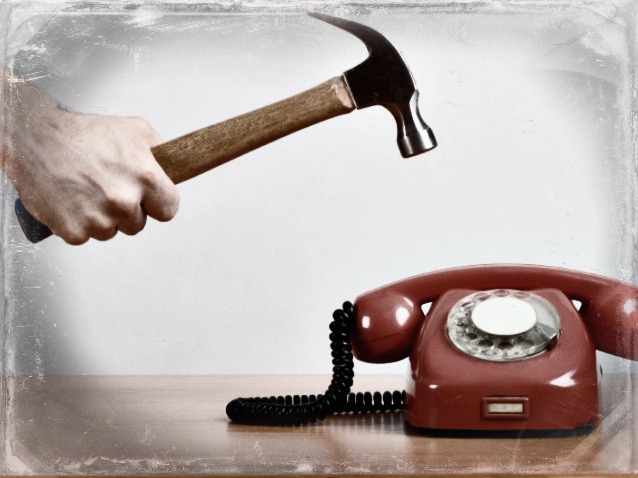 This is an age-old problem. I don’t know of a single successful grooming business that has not faced this dilemma at some point.
This is an age-old problem. I don’t know of a single successful grooming business that has not faced this dilemma at some point.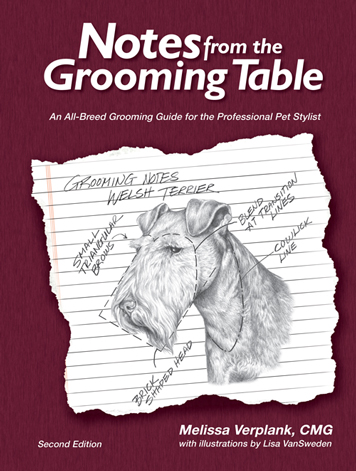 Delegate anything you can to assist with the smooth running of your business – or your home – which is not directly related to grooming.
Delegate anything you can to assist with the smooth running of your business – or your home – which is not directly related to grooming.


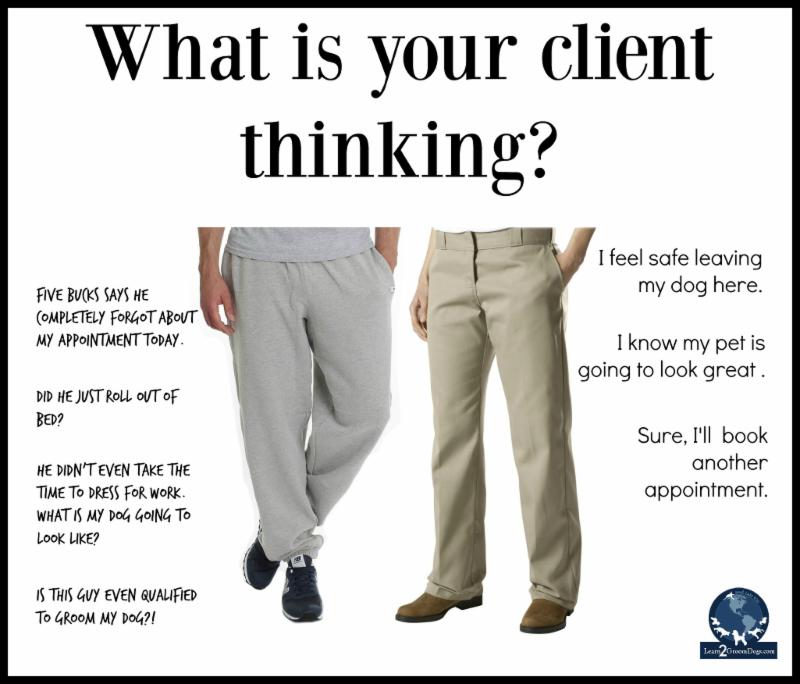 Proper hygiene is also crucial. It should go unsaid, but being clean and odor-free is a must. There is nothing more offensive – and embarrassing – than personal body odor. The famous motivational speaker Zig Ziglar, noted, “People often say that motivation doesn’t last. Well, neither does bathing – that’s why we recommend it daily.” Nothing could be more true!
Proper hygiene is also crucial. It should go unsaid, but being clean and odor-free is a must. There is nothing more offensive – and embarrassing – than personal body odor. The famous motivational speaker Zig Ziglar, noted, “People often say that motivation doesn’t last. Well, neither does bathing – that’s why we recommend it daily.” Nothing could be more true! Let’s take a little poll:
Let’s take a little poll: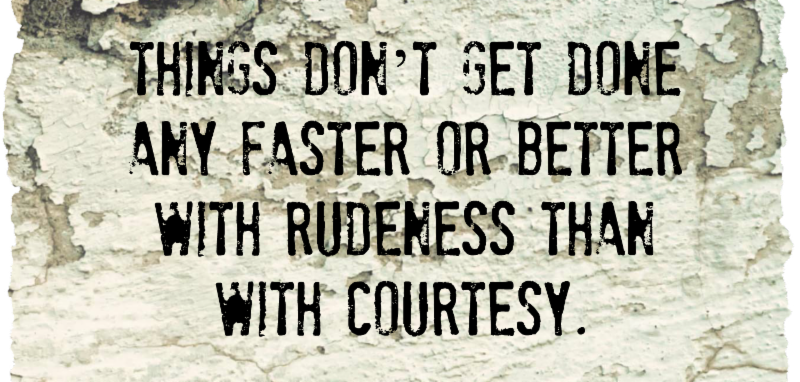 “I’ve grown a lot by working here.”
“I’ve grown a lot by working here.”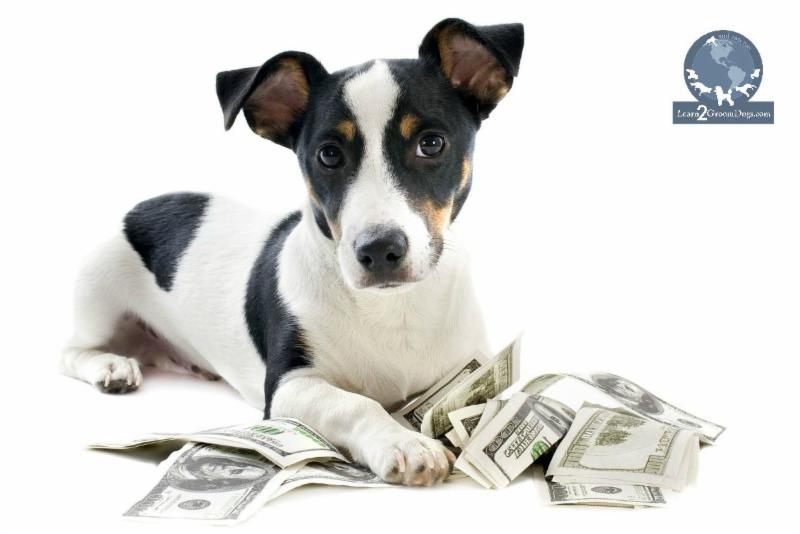
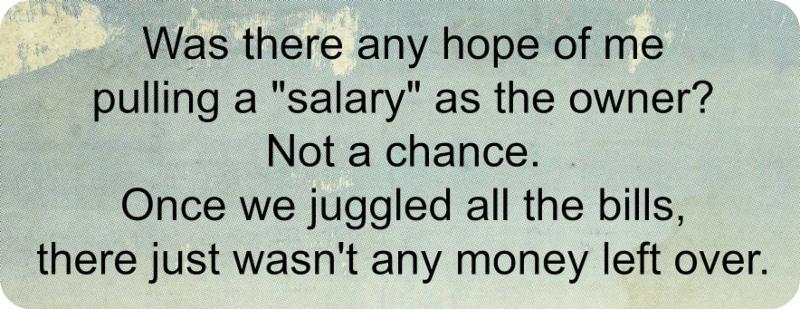 My guess is many of you are struggling with a similar situation. Guess what? There is a solution to this problem – and we’ll get to that in a minute.
My guess is many of you are struggling with a similar situation. Guess what? There is a solution to this problem – and we’ll get to that in a minute.
 If you are struggling with your payroll or running a profitable grooming business, I urge you to review your financial statements. If you struggle with understanding them, get help. The financial numbers do not lie. They are the barometer of your business.
If you are struggling with your payroll or running a profitable grooming business, I urge you to review your financial statements. If you struggle with understanding them, get help. The financial numbers do not lie. They are the barometer of your business.








